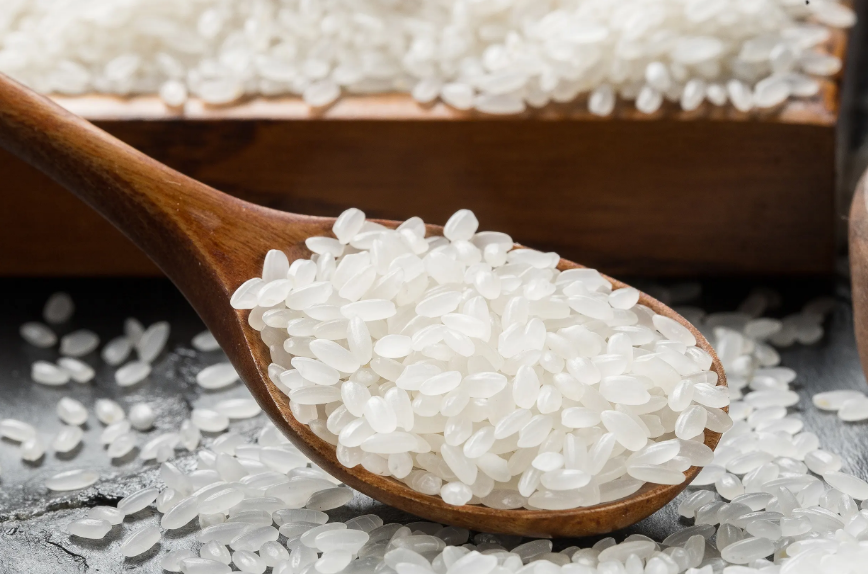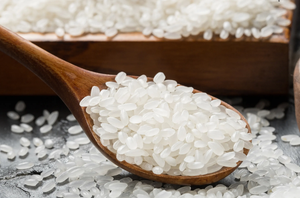
Detailed Explanation of Rice Inspection Methods and Standards - Inspection Services for Warehousing and Factory Audits
Rice, as the main staple food for the general public, its quality and safety directly affect the health of consumers. The frequent occurrence of "poisonous rice" incidents in recent years has made the quality inspection, testing and certification of rice particularly important. This article will systematically introduce the inspection standards, testing methods and quality certification requirements of rice, providing professional guidance for relevant practitioners.
I. Inspection Methods and Quality Certification for Rice
(1) Appearance Inspection Certification
Color inspection standards
High-quality rice: Pure white or light bluish color, with a luster, and is semi-transparent and of a waxy texture.
Defective characteristics: dull color, lack of luster, poor transparency
Morphological and structural verification
The particles are neatly and evenly distributed, with a smooth surface.
The structure is tight and complete, with moderate hardness.
The broken rice rate meets the requirements of national standards.
Impurity and Defect Inspection
No yellowish grains, moldy grains or diseased grains shall be detected.
The impurity content meets the requirements of the GB 1354 standard.
No visible foreign objects or insect damage.
(2) Odor Identification and Certification
Standard Testing Method
Closed-ventilation preservation method: Place the sample in a sealed container, keep it at 60-70℃ for several minutes, then open the container for olfactory identification.
Breathing method: Place the palm over the sample, exhale warm air and immediately perform the olfactory test.
Warming method: Immediately smell the odor after the sample is warmed.
Odor Quality Certification
Qualified rice: Has a fresh rice aroma and no unpleasant odors.
Rancid rice: No rice aroma or the aroma is very weak.
Rotten rice: musty smell, sour smell, rotten smell
Impure rice: Odor of mineral oil or other unpleasant smells
II. Rice Inspection and Certification Standard System
(1) Sampling Inspection Plan Sampling requirements
Sampling location: Randomly select samples from different parts of the incoming goods.
Sampling ratio: No less than 5% of the total packaging units
Sample quantity: Each batch should be no less than 1kg
Sampling certification process
Use a dedicated sampling tool
Ensure the representativeness of the samples
Detailed recording of sampling information
(2) Sensory indicator certification
Color certification
Conforming to the color and hue characteristics of the variety
High transparency, with a natural luster
No abnormal coloring or spots
Morphological Authentication
The grains are intact and conform to the characteristics of the variety.
Uniform in size, without any severely broken grains of rice
Odor Authentication
Having the unique aroma of fresh rice
No odor, no musty smell, no rancid smell
Taste Certification
The raw rice has no unpleasant smell when tasted.
Has a fresh and delicious flavor after being cooked
(3) Physical and Chemical Index Testing and Certification
Safety Index Inspection
Aflatoxin B1: ≤ 10 μg/kg (GB 2761)
Heavy metal content: Lead, cadmium, mercury, and arsenic comply with GB 2762
Pesticide residues: Compliant with GB 2763 regulations
Quality indicator certification
Moisture content: ≤ 15.5%
Broken rice rate: Meets the requirements of the corresponding grade.
Total impurity content: ≤ 0.25%
III. Requirements for Inspection of Packaging and Storage Transportation
(1) Packaging Inspection Certification
Inspection of Packaging Materials
Use food-grade fiber bags or plastic bags
The packaging is intact and undamaged.
Quantitative and accurate, such as 25kg per package
Identification and Certification Requirements
The production date is clearly legible.
The expiration date is clearly indicated.
Manufacturer information is complete.
The contact number is genuine and valid.
(2) Storage and Transportation Condition Certification
Inspection during transportation process
Prevent rain and sun exposure
Avoid cross-contamination
Cleanliness and hygiene of transportation vehicles
Warehouse Condition Certification
A normal temperature, well-ventilated and dry environment
Effective measures for preventing moisture and mold
Improve pest and rodent prevention facilities
The shelf life is no less than 6 months.
IV. Rice Quality Safety Certification System
(1) Mandatory Certification Requirements
Production License Certification
Food Production License (SC Certification)
Quality Management System Certification
Product inspection and certification
Each batch's factory inspection report
Third-party authoritative inspection report
Periodic type inspection report
(2) Key Points of Risk Monitoring
Monitoring of Aflatoxins
The raw materials are strictly inspected and controlled.
Production process control
Batch-by-batch inspection of the finished products
Control of Heavy Metal Pollution
Monitoring of the production environment
Raw material heavy metal screening
Verification of product compliance
Identification of adulteration and contamination
Detection of mineral oil adulteration
Chen Mi renovation identification
Variety authenticity verification
V. Inspection and Certification Process
(1) Document Review and Certification
Verify the production license
Review and verify the quality inspection report
Check the purchase vouchers
(2) On-site inspection and certification Appearance inspection
Observation under natural light
Using standard samples for comparison
Record the test results
Odor identification
Operated by trained inspectors
Using the standard method for detection
The results are objectively recorded.
(III) Laboratory Testing Certification
Rapid Screening
Rapid Detection of Aflatoxins
Rapid screening for heavy metals
Quick determination of moisture content
Precise analysis
Detection of mycotoxins by chromatography
Detection of heavy metals by atomic absorption method
Precise determination of physical and chemical indicators
By establishing a complete and sound rice inspection and certification system and strictly implementing quality control throughout the entire process from raw materials to finished products, it is possible to effectively identify substandard products such as "poisonous rice", ensuring the safety and quality of rice, and providing consumers with reliable and high-quality rice products.
分享这个商品

Detailed Explanation of Rice Inspection Methods and Standards - Inspec
Rice, as the staple food for the general public, its quality and safety directly affect the health of consumers.
